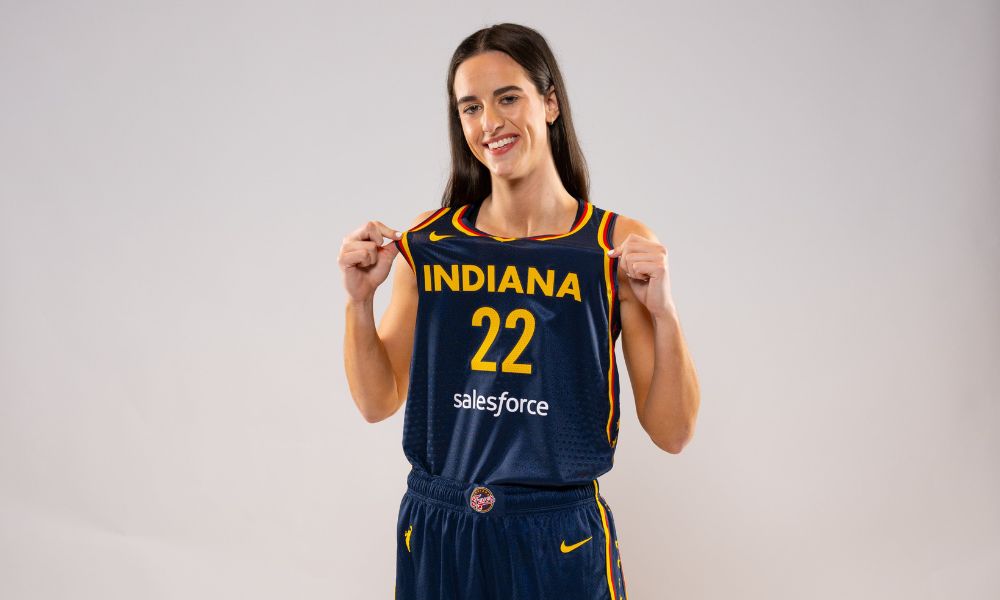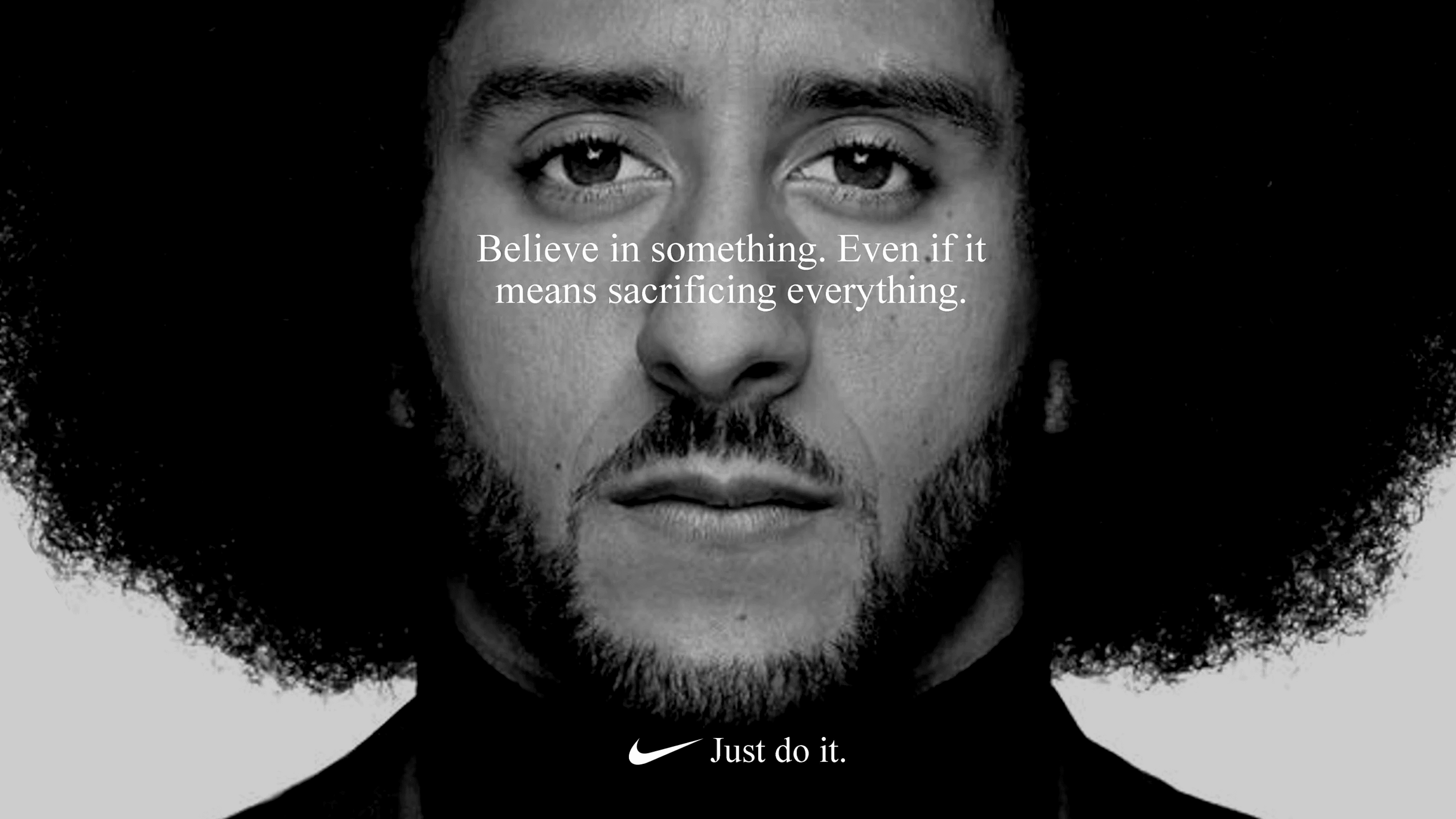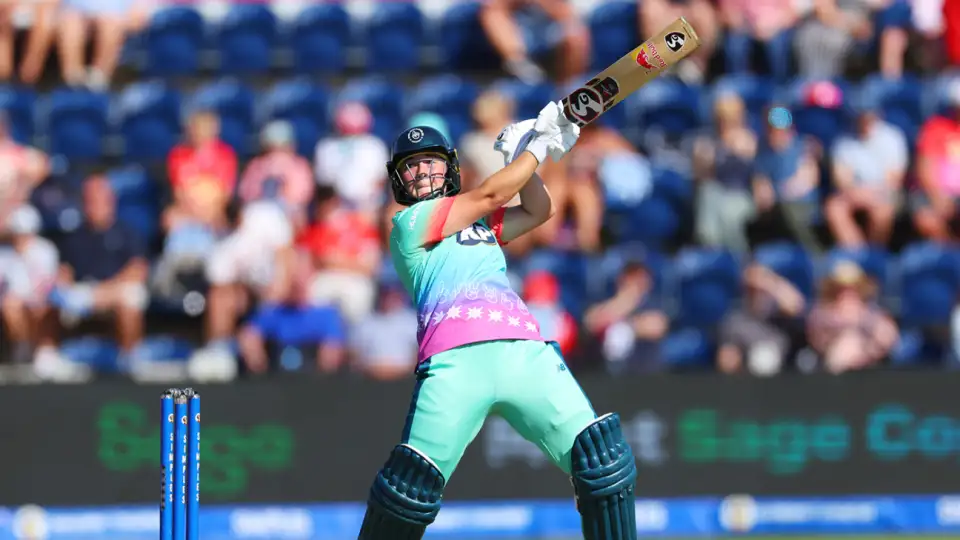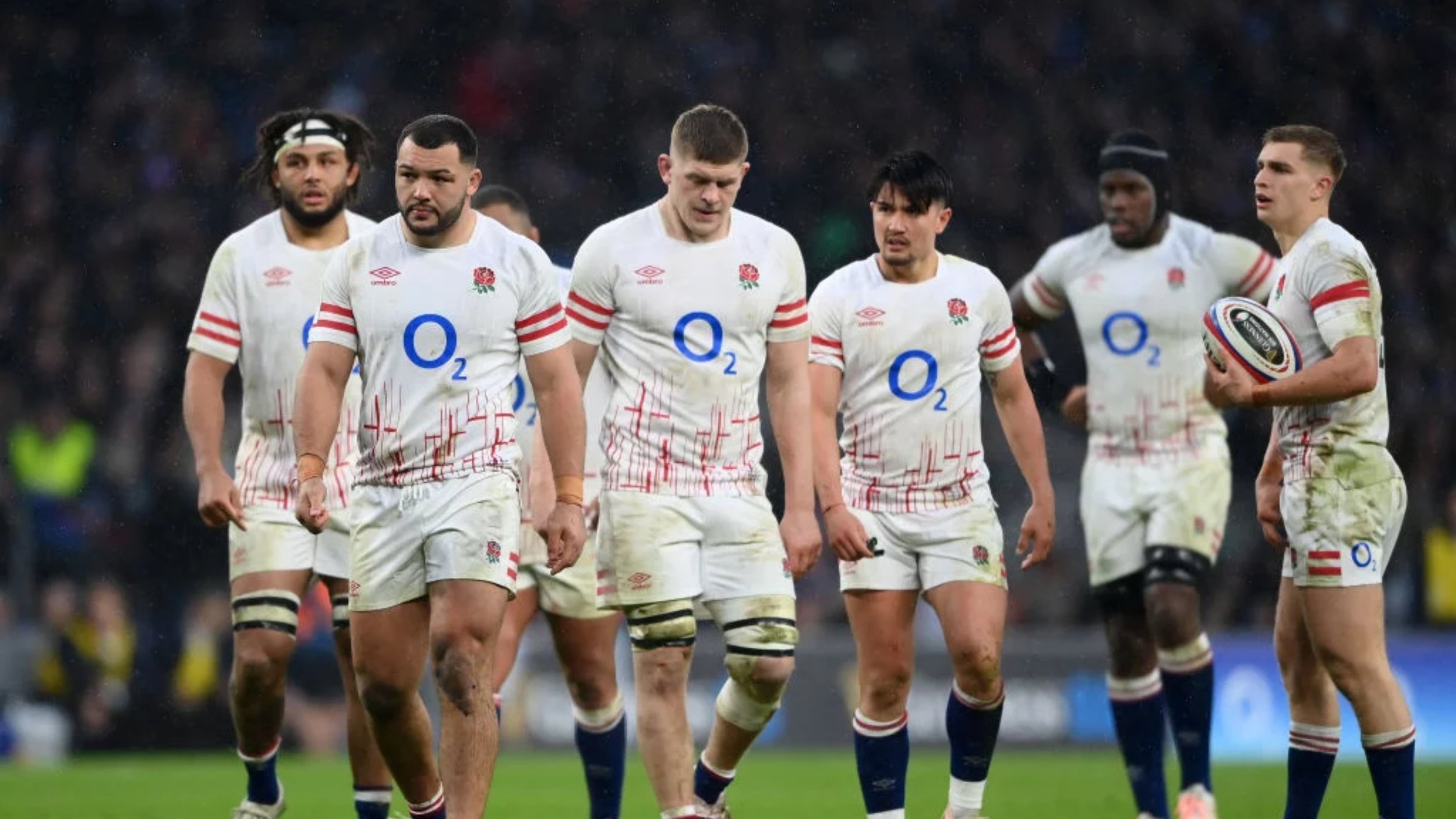Industry
Marketing
Client
Insights
An Introduction to Sports Digital Marketing: How It’s Changing the Game
Sports and digital marketing have become deeply connected in recent years, as teams, athletes, and brands look to engage fans online.
Whether it’s a club launching a new kit or an athlete building a personal brand, digital marketing allows sports organisations to reach audiences quickly and effectively. The shift from traditional to digital marketing has been dramatic, giving teams and marketers more control over their messaging and the ability to interact directly with fans.
This article will break down the essentials of sports digital marketing, explore how it works, and show why it’s an essential tool in today’s sports industry.
2. Understanding Sports Digital Marketing
At its heart, sports digital marketing is the use of online channels to promote teams, athletes, products, and events. It’s more than just running an ad on a social media platform—it involves a range of tactics from content marketing to data-driven ad campaigns. Digitalisation has reshaped the way fans engage with their favourite teams, offering new opportunities for organisations to connect with them in real-time.
Digital marketing includes:
Social media: Platforms like Instagram and Twitter are key for reaching younger fans.
Email campaigns: Direct, personalised communication with supporters.
Paid ads: Targeted ads that are shown to the right audience at the right time.
Content marketing: Engaging articles, videos, or infographics that drive interest and build a community around the brand.
3. The Core Components of Sports Marketing
Sports marketing, like traditional marketing, is based on the 4 P’s:
Product: The main asset, which could be a team, a player, merchandise, or an event.
Price: The cost to fans, from tickets to pay-per-view subscriptions.
Place: How and where the fans engage—this could be on streaming services, social media, or in person.
Promotion: The methods used to raise awareness and generate excitement, such as digital ad campaigns, influencer partnerships, or content marketing.
In the digital world, these concepts are adapted to suit an online environment. For example, instead of selling tickets through traditional outlets, many teams use social media ads or emails to promote ticket sales directly to their fan base.
4. The Role of the Sports Marketer
A sports marketer in today’s digital landscape plays a key role in connecting the team, player, or brand with fans. Their job is to create campaigns that resonate with the audience, drive engagement, and ultimately, generate revenue.
Key responsibilities include:
Campaign management: From launching kit promotions to building excitement for an upcoming match.
Fan engagement: Using social media and email to build a relationship with fans.
Data analysis: Understanding what works by reviewing metrics like website visits, click-through rates, and social media engagement.
A sports marketer also needs to be agile, as they must react quickly to trends, results, and fan feedback. The digital space allows them to adjust strategies in real-time, unlike traditional campaigns that often take longer to implement.
5. Traditional vs. Digital Sports Marketing
The evolution of sports marketing can be traced back to traditional methods, like TV ads, billboards, and match-day sponsorships. However, digital marketing has now taken the lead. Unlike traditional marketing, which often has limited reach, digital marketing enables more targeted campaigns with measurable results.
Traditional Marketing:
Expensive (e.g., TV spots, radio ads).
Hard to measure direct impact.
Broad reach but often not targeted.
Digital Marketing:
Cost-effective (social media ads, content marketing).
Direct engagement with fans.
Precise targeting based on demographics, behaviours, or interests.
Digital marketing offers the ability to target specific groups, such as season ticket holders or international fans, with relevant content and promotions. It’s also more flexible—campaigns can be launched, paused, or altered in response to real-time results.
6. Case Study: How Major Brands Use Digital Marketing (e.g., Nike)
Take Nike, for example. The sports giant leverages digital marketing to stay connected with their audience, using a mix of social media campaigns, influencer partnerships, and targeted advertising. Their iconic "Just Do It" slogan continues to resonate online, where Nike pairs it with athlete stories and social media engagement to build strong connections with fans.
Nike’s success comes from their ability to use digital channels to target their audience with precision, offering personalised experiences based on user data. Whether it’s through a Twitter campaign featuring their athletes or product ads tailored to users' search habits, Nike ensures its brand remains relevant in the digital space.
7. Reaching and Engaging Sports Fans
Reaching sports fans isn’t just about running ads or posting on social media—it’s about creating an ongoing conversation. Successful sports marketing connects with fans on an emotional level, tapping into their passion for the sport.
Ways to engage include:
Interactive social media content: Polls, quizzes, and Q&A sessions build fan interaction.
Exclusive offers: Discounted tickets or early access to merchandise creates loyalty.
Personalised content: Emails and ads tailored to the fan's interests, such as favourite players or past purchases.
Sports teams also leverage digital loyalty programs and mobile apps to reward fan engagement. These tools help maintain long-term relationships with supporters by offering personalised rewards or content.
8. The Effectiveness of Sports Digital Marketing
Sports marketing works because it taps into fans' passion. By reaching fans where they spend the most time—online—you can deliver content that drives engagement and increases brand loyalty. Digital campaigns also provide clear metrics, allowing marketers to adjust strategies based on what works, whether it’s boosting ticket sales or growing a social media following.
Effective sports marketing is about more than just selling tickets. It’s about building a long-term relationship with your fan base, increasing loyalty, and growing your brand’s reach.
9. Technology’s Impact on Sports Marketing
Technology continues to shape how sports marketing operates. From live-streaming games on social media to creating immersive AR and VR experiences, tech is creating new opportunities to connect with fans. Even data analytics plays a crucial role, helping teams track fan engagement and create more targeted campaigns.
Teams are also using apps and online platforms to deliver more personalised experiences, from giving fans exclusive behind-the-scenes access to offering customised merchandise recommendations based on previous purchases.
10. The Future of Sports Marketing: What’s Next?
As technology and fan behaviour continue to evolve, sports marketing is moving towards even more personalised, data-driven strategies. In the future, we’re likely to see more immersive fan experiences, with AR/VR allowing fans to engage with their favourite teams in new ways. Streaming will continue to grow, with more fans consuming content digitally rather than through traditional broadcasts.
The ability to interact with fans in real-time and use data to improve the experience means digital marketing will continue to be a key player in sports marketing’s future.
11. Conclusion
Sports digital marketing has become the backbone of how teams, athletes, and brands connect with their audience. By adopting a digital-first approach, sports organisations can tap into fan enthusiasm, drive revenue, and build lasting relationships. Whether you’re new to sports marketing or looking to improve your strategies, the digital space offers endless opportunities to reach and engage your audience.
More of our insights…

Untapped Revenue in Social

AI & Sports Marketing

Who Invested in Women’s Sports

2024: Top 10 Sponsorship Deals

Sponsor Beyond Logo Placements

Purpose-Driven Campaigns

AI Model Influencers

Social Commerce in Marketing

Hyper-Personal Sport Marketing

Stats in Womens Sport

Teams can get more from social

Creating good strategy

Why Relationships Matter

The Rise of Women’s Sports

Strategise Your Kit Launch

Key 2024/25 Kit Launch Trends

Why teams need sports agencies

How does Rugby change?
